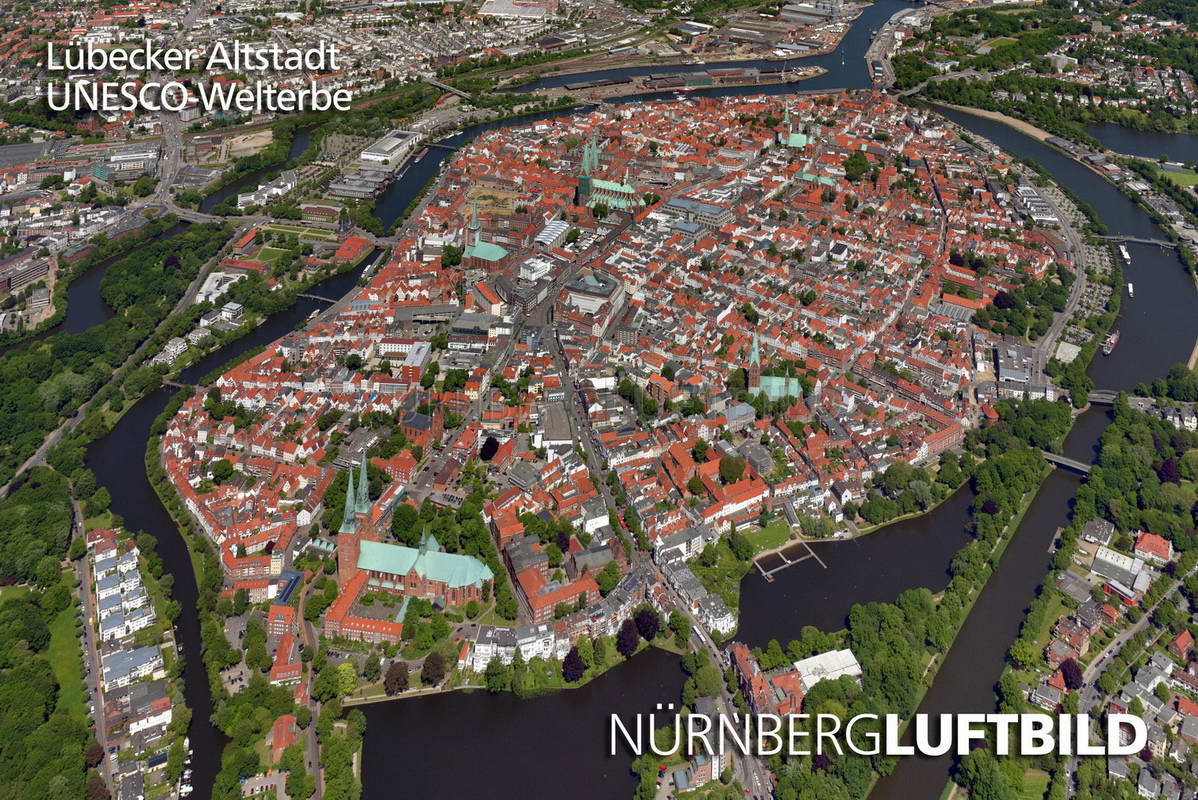One of the two tourist videos says it somewhere, the stones used for building the houses back in those days were not baked clay, but were handcrafted, means: precious and expensive. The more stones were used to build these houses, the wealthier the owner was: that is the message of such walls and houses.
The architecture, the socalled Hanseatic Backstein-Gotik, was copied by many other places around the Baltic and in other Hanse cities of which Lübeck was capital (not Hamburg!). Thats why many former Hanse cities have similar flair and looks and moods in their places , and if you go to Wismar slightly east of Lübeck, a city i also know well, that looks like a miniature copy of Lübeck, it looks the same, it feels the same, the atmopshere in there is the same, one could swear it even smells the same. Its just smaller everything. Its like that with many other Hanse cities, too. You see Lübeck until today in Hamburg, Bremen, Rostock... Lübeck was heart, centre and "Queen" of the Hanse.
The town's name btw has slavic and wagric roots, the name stems from the ancient word "Liubice", that means "the lovely", it then was combined with an ancient lower-German word, "beke", which means creek, refering probably to the two small rivers Trave and Wakenitz that completely surround the old town, making it essentially a complelte island. "Lübeck" means: the lovely one that is surrounded by two rivers.

This ^ island is what I mean when I talk of "Lübeck". The city obviously is much bigger nowadays, beyodn the island with the old town, but the tourist and visitor wants to focus on what is seen in that image, and the region towards Travemünde in the North.
The only place where i really would prefer to live over my current place.